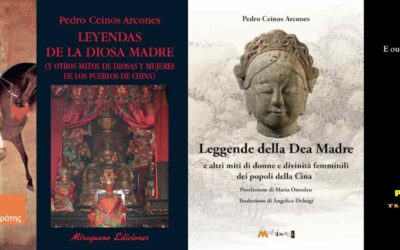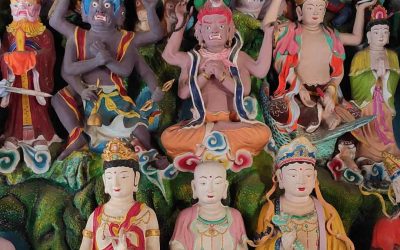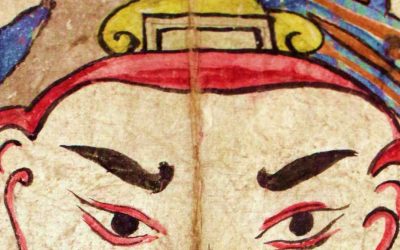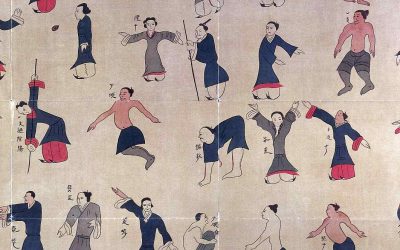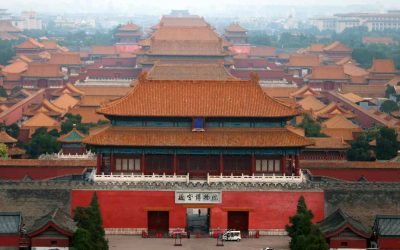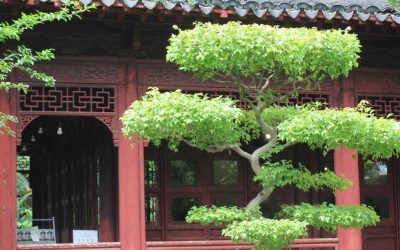The metamorphosis of communism in China
The Communist Party of China (CPC) will be 100 years old in 2021. Of these, more than two thirds have been in power since the proclamation of the People’s Republic of China in 1949. Its evolution has been far from straight, but it is on its way to becoming the longest-lived party in the world, surpassing the Communist Party of the Soviet Union. Will it succeed? And, if so, what is its secret formula, if it exists?
In the context of the centenary of the Communist Party of China, it is necessary to evaluate the evolution of the most populated territory on the planet and the world’s second largest economy. The author of this essay, Xulio Ríos, is one of the leading experts on this country. With the triumph of the Revolution led by Mao Zedong in 1949, China began a new stage characterized by the search for a modernization that would allow it to leave behind centuries of decadence and tragedy, ostracism, underdevelopment and humiliation. Since then, the history of China and the CCP have merged in the same trajectory.
With its successes and mistakes, the CCP made possible the amazing transformation of a country with five thousand years of existence, being the only one of the great civilizations that still survives. In the more than seventy years that it has been in power, its ideology and policies have undergone strong mutations that are accurately described in this book, from the beginnings of the Revolution to the present day, taking into account not only the major trends but also the small and relevant details.
The guiding thread is the analysis of the eagerness to follow its own path, adapted to its civilizational singularities, fleeing from mimetic copies of foreign experiences -of whatever sign- and persevering in its original commitments. The ideology, politics, economy, society, culture, security or defense and foreign policy evolved with their own manifestations in each of the great stages that make up the life of the CCP. Starting from an early adherence to the Third International under the Soviet aegis, both Maoism and Dengism or the current Xiism are ideological expressions of that purpose and keys to contemporary China.
With this framework, the CCP aspires to reach 2049, when the first one hundred years of the People’s Republic will be commemorated, culminating the long dream of the country’s modernization: advancing in the welfare levels of an impoverished society; resolving the pending contradictions in the environmental, financial and technological fields, and consolidating internal reform.
We add to this presentation a brief commentary on culture submitted by the author.
Culture. This is the significant case, for example, of the appreciation of national culture. The Westernizing movements of the late 19th century pointed to culture as one of the causative factors of national decline. The Chinese communist movement both embraced Marxism or Leninism and disavowed movements of its own civilizational inspiration. During Maoism, campaigns against Confucianism and indigenous beliefs and philosophies were constant, considering them as expressions of the old society and therefore to be banished. On the contrary, in late Denguism, especially under Hu Jintao, reconciliation with traditional culture was one of the most outstanding features, as well as a certain religious revival, with greater tolerance towards nearby cults such as Taoism or Buddhism.
Campaigns against Confucius were common in Maoism, but it should be noted that «Down with Confucius and his children» was also one of the most popular slogans during the May Fourth Movement. Today, however, Confucius institutes are the spearhead of China’s soft power worldwide.
This is an expression of a unique ideological evolution in which each generation is called upon to make contributions capable of enriching the common heritage. The typical and intransigent opposition of the early days was altered, opening the way to an eclectic ideological configuration in which we can find not only Marxism-Leninism, Mao Zedong’s thought, socialism with Chinese peculiarities, the triple representation or the scientific conception of development, but also Confucianism or even, with greater force, in Xiism, glimpses of neologism.
Reconciliation with traditional thought and culture provides the CCP with a second shield against the influence of Western liberalism, accentuating the unique roots of its national project. Confucianism provides an additional backbone of moral inspiration, which favors the development of ethics and personal responsibility according to local canons.
Rios, Xulio. The Metamorphosis of Communism in China (Spanish). Agora K. 2021.
Last posts
Legends of the Mother Goddess
Legends of the Mother Goddess I am pleased to share with all you that the Italian translation of my book Legends of the Mother Goddess (and Other Myths of Goddesses and Women from the Peoples of China) has now been published and is available for purchase. As many of...
Laozi’s Mother is the goddess who created the world
Laozi’s Mother is the goddess who created the world In Taoist thought, great mysteries are not explained with definitive statements, but with paradoxical images, fragmentary myths, and bodily metaphors. One such mystery is the origin of the world—and for Taoism, that...
Does the Daodejing Contain the Oldest Creation Myth of China?
Does the Daodejing Contain the Oldest Creation Myth of China? An introductory article on Chinese mythology asserts (twice) that the myth of the creation of Huangdi (the Yellow Emperor) should be considered one of China's creation myths, following the model of...
The Wenzi Begins: Echoes from a Forgotten Taoist Voice
The Wenzi Begins: Echoes from a Forgotten Taoist Voice The Wenzi (文子) is an ancient Daoist text attributed to a disciple of Laozi. Although its authenticity has been debated throughout history, its content clearly reflects the Daoist worldview and its influence on the...
A Humble Proposal for Rethinking Historical Periodization: To Go Beyond Dynasties in Chinese History
A Humble Proposal for Rethinking Historical Periodization: To Go Beyond Dynasties in Chinese History Historical narratives are never neutral. The way we divide time reflects not only the facts we choose to remember, but also the frameworks we use to interpret them. In...
The Primitivist: The Taoist Philosopher of Simplicity
The Primitivist: The Taoist Philosopher of Simplicity The Taoist classic Zhuangzi is not the work of a single philosopherAnyone who takes a closer look at the foundational works of Taoism will quickly discover that the book known as Zhuangzi was not entirely written...





